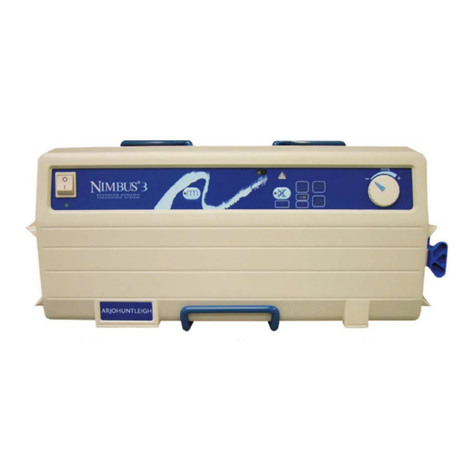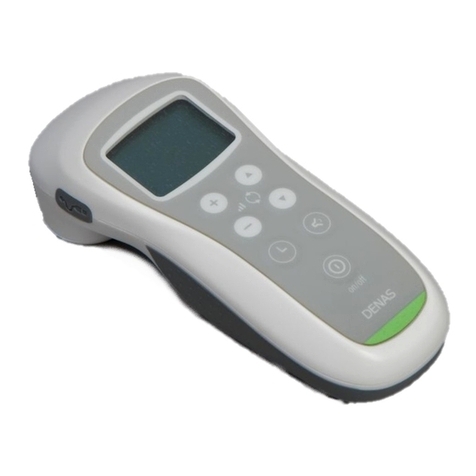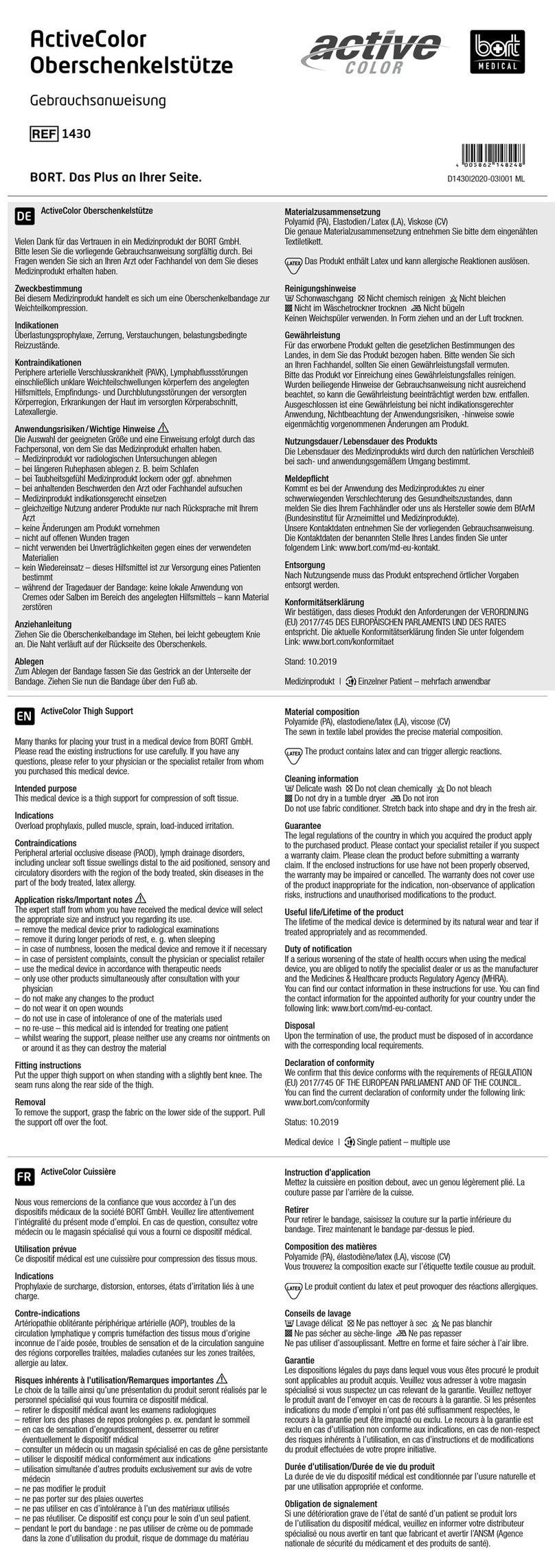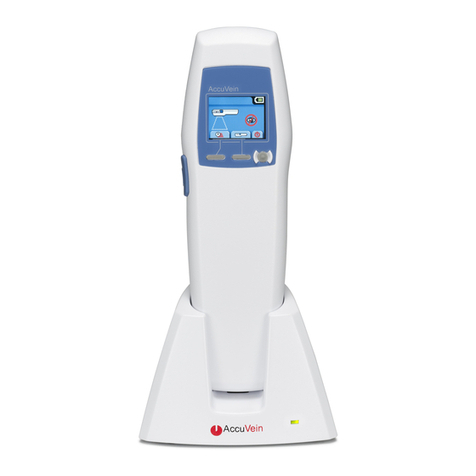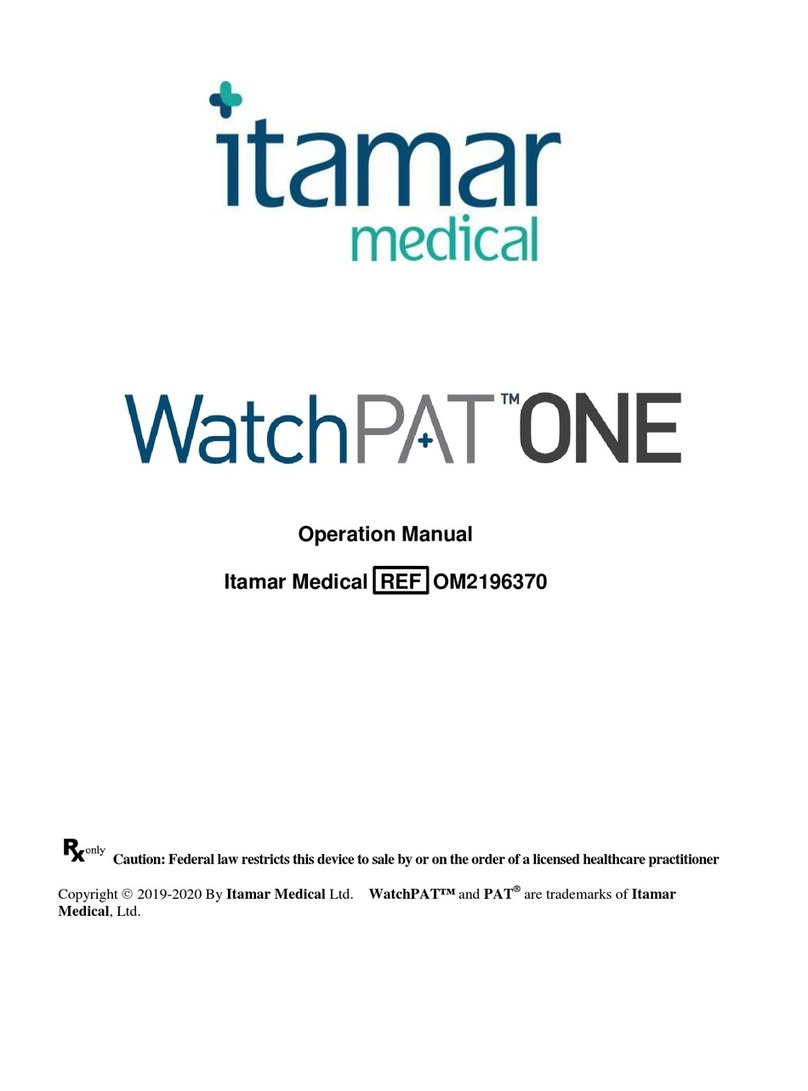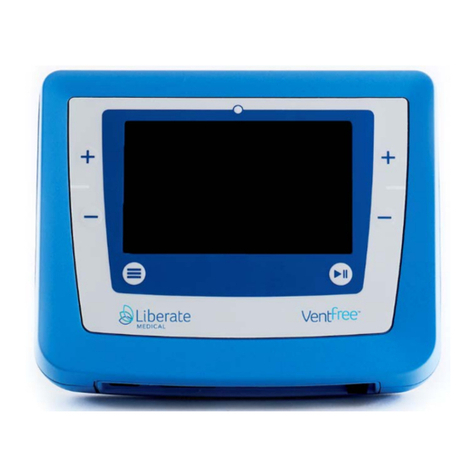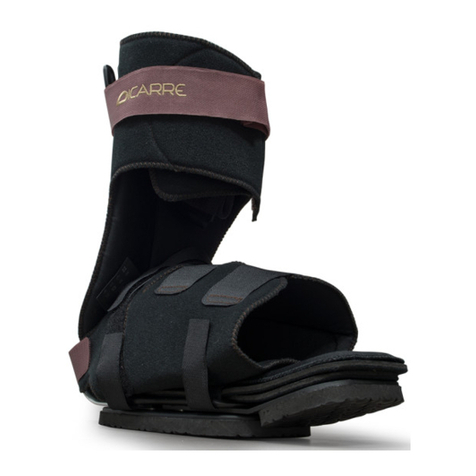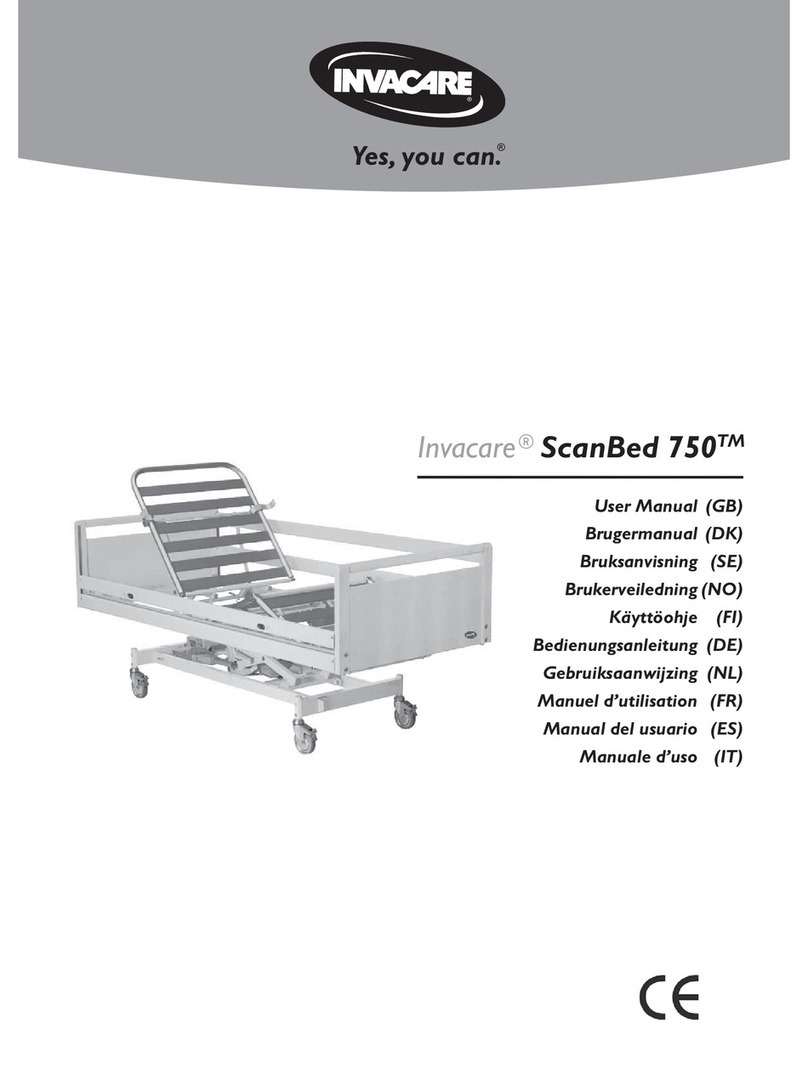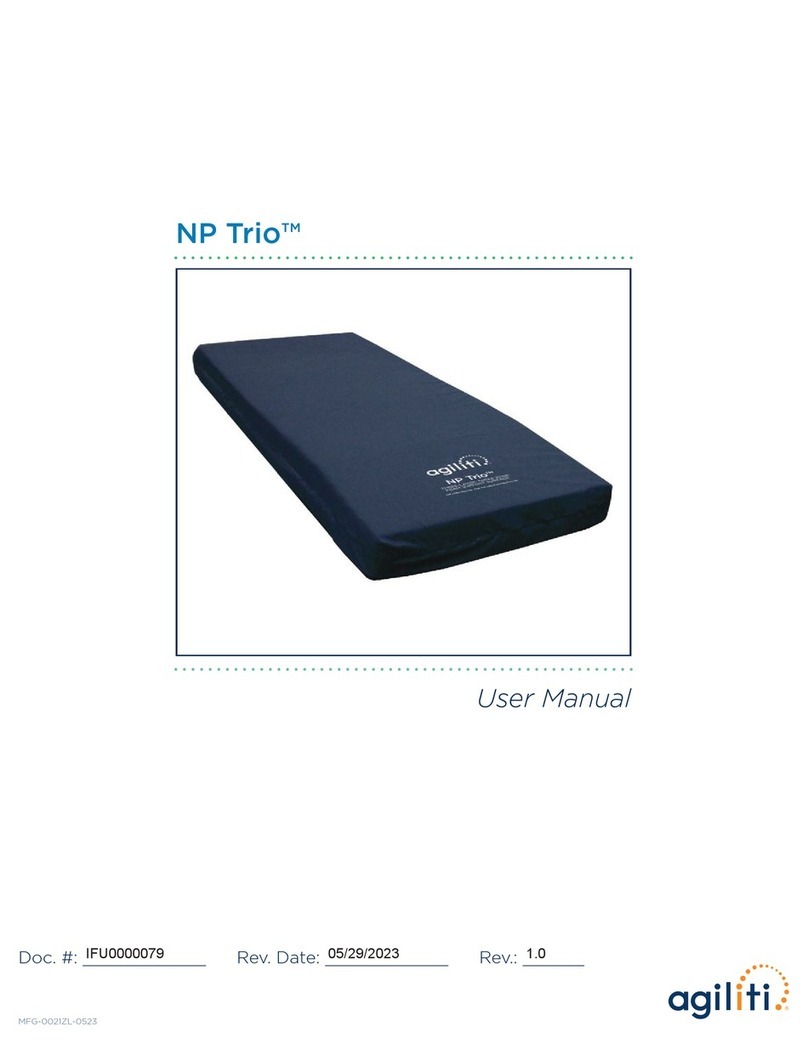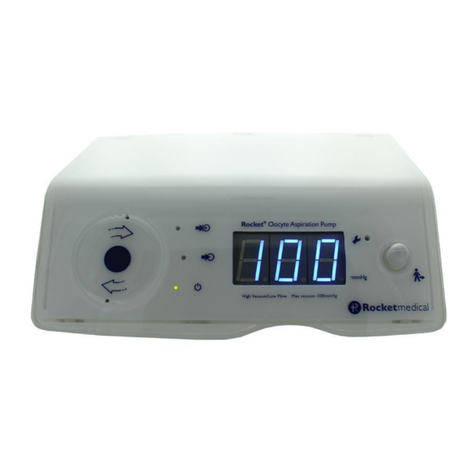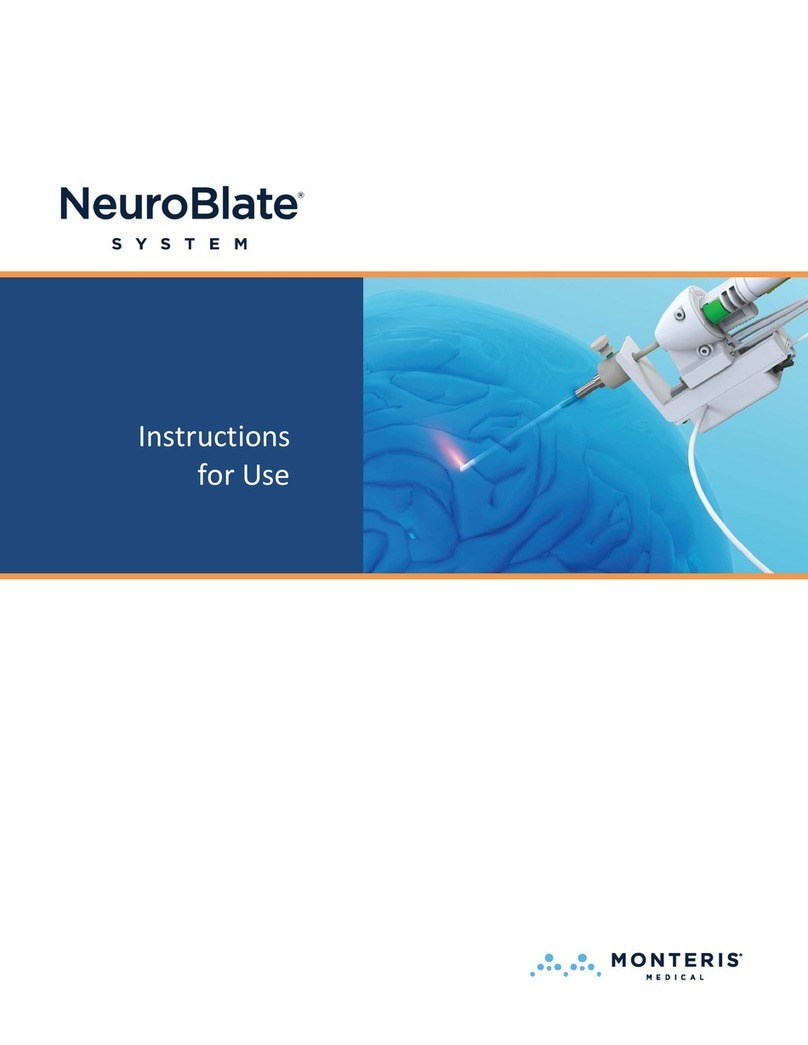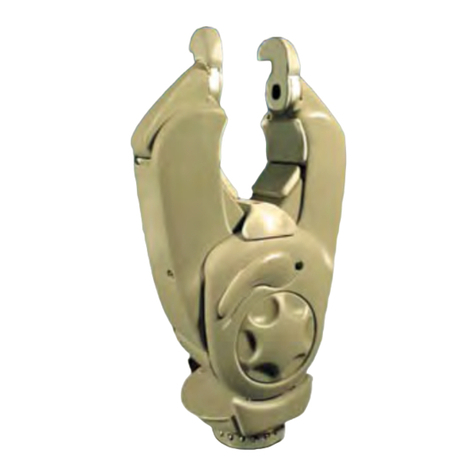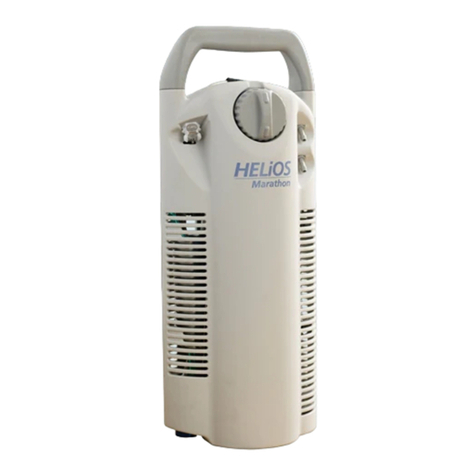
1
Valon Multispot Laser is a semi-automated laser system
that enables fast and effective treatment of retinal dis-
eases. Connected to most popular microscopes it offers
variable functions for transpupillary laser photocoagulation.
Aside from standard single shot photocoagulation Valon
also offers varied laser scanning patterns enabling a faster
and high-quality treatment.
The system is composed of a slit lamp adapter integratable
with compatible microscopes. With computer controllable
scanners it produces a variety of different predened spot
patterns to suit several treatment applications. The slit lamp
adapter (SLA) also allows the adjustment of the spot size:
available sizes are (50 µm,) 100 µm, 200 µm, 300 µm and
400 µm. The 532 nm laser beam is produced by a laser
installed in the console and transmitted to SLA by an opti-
cal ber. The system itself is controlled by a PC connected
to a monitor with a touch screen enabling the physician
to adjust suitable settings for the treatment. The available
settings are the shape and size of the gure formed by the
single spots, the duration and intensity of the laser pulse,
the mutual distance of spots and the intensity of the aiming
beam. The program also produces a preview of the spot
pattern to visualize the area to be coagulated in the target
tissue.
To ease the control of the system during treatment, a smart
wheel is also included for manual control. It enables the
physician to change between gures, gure sizes and the
positioning of the gure and also changing the power with-
out looking away from the microscope. The system is de-
signed to suit hospital environment.
Valon provides a safe and costefcient treatment by short-
ening the treatment time and making it more effective. The
short period of time required for the coagulation of a large
amount of spots makes the treatment also more bearable
for the patient. Valon has been developed in collaboration
with medical experts to ensure the optimal properties for
safe and efcient use.
1. Introduction
Caution!
Valon should
only be used
for treatment
purposes
Caution!
This medical
elecrical equip-
ment is in-
tended for use
by healthcare
personnel only
Caution!
U.S. Federal
law restricts
this device to
sale by or on
the order of a
physician
